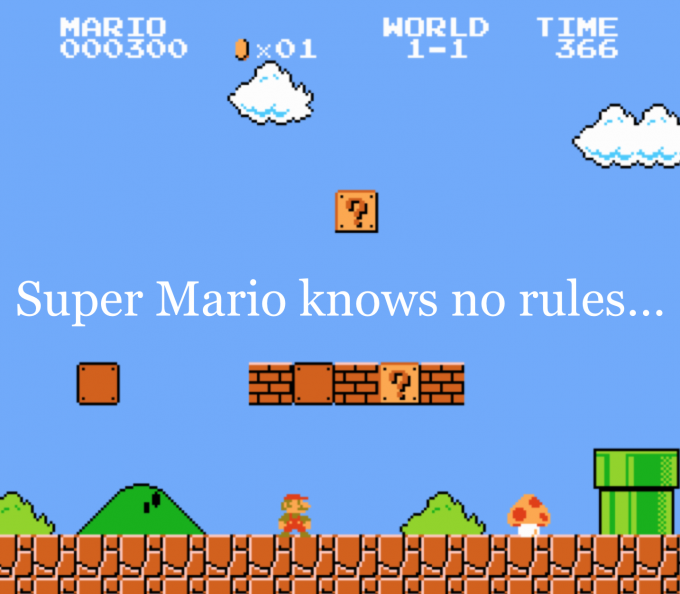Month: July 2016
-

Notes on the black box scenario Inside myself, outside myself
This is a short talk on a black box larp that I gave at Larpwriter Summer School in Lithuania. The text is more precise than the video… I will present a scenario played at the festival Black Box Copenhagen in 2014. The project was initiated by Nina Runa Essendrop and Marie Holm-Andersen under the poetic…